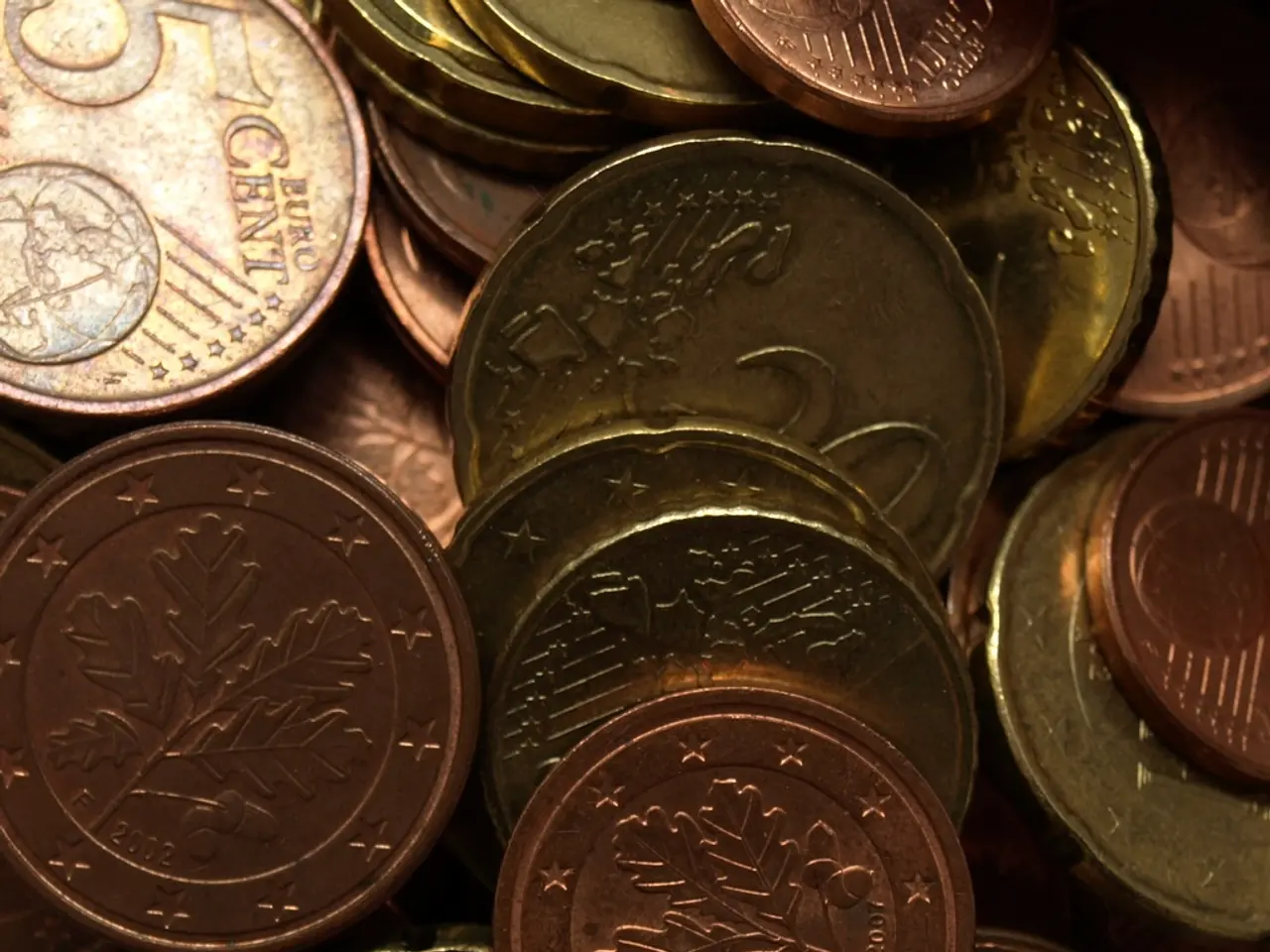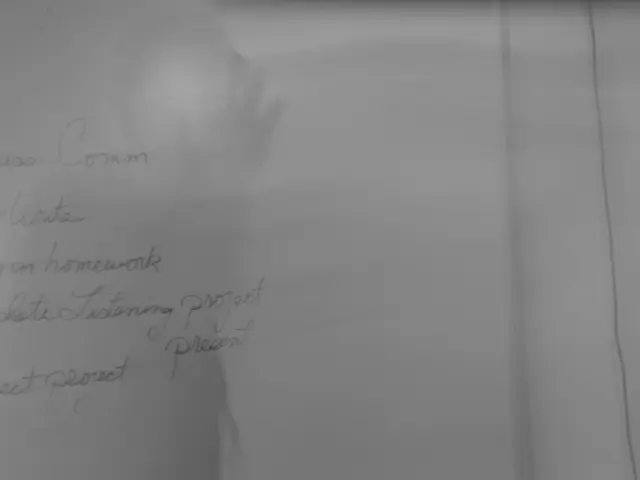Impact of Devaluation on Trade in the context of Private Equity, explained as the J-Curve effect
The J-Curve: A Temporary Setback for International Trade and Private Equity
The J-Curve, a graphical representation of a trend where things might get worse before they get better, is a phenomenon observed in both international trade and private equity.
The J-Curve in International Trade
In international trade, the J-Curve describes a situation where a country's trade balance initially worsens following a depreciation (or devaluation) of its currency. This occurs due to existing contracts and trade relationships that force importers and exporters to continue trading at previous volumes despite less favorable exchange rates. As a result, import costs (in local currency) rise immediately, while export volumes take time to adjust and increase.
Over time, as prices adjust and exporters become more competitive internationally, exports increase, and imports become relatively more expensive or are substituted by domestic goods. This leads to an improvement in the trade balance, surpassing the initial level, thus creating the upward movement in the curve.
The J-Curve highlights the lags and rigidities in trade adjustments, such as contract commitments, production capacity, and consumer behavior. It's important to note that the beneficial effect of a currency depreciation on a country's trade balance is not instantaneous but occurs after an initial period where the balance may deteriorate.
Elasticity of Demand and the J-Curve
Elasticity of demand is a crucial concept to understand the J-curve effect. It refers to how sensitive demand is to price changes, and in the short run, demand for both exports and imports is typically inelastic. This means that consumers might be slow to adjust their buying habits in response to price changes.
The J-Curve in Private Equity
The J-curve in private equity depicts a similar pattern. Private equity returns are negative in the early years due to significant upfront costs and insufficient initial returns. However, as investments mature and successful exits are made, returns begin to improve, forming the upward movement in the curve.
The time it takes for private equity to achieve positive returns depends on several factors, including the significance of initial costs, failure rate, investment and divestment timing, and the amount of transaction loss.
Understanding the J-Curve is crucial for policymakers, economists, and investors in both international trade and private equity. It provides insights into the short-term and long-term effects of currency devaluations and investment strategies, helping them make informed decisions and navigate the complex world of global finance.
In the context of international trade, the J-Curve demonstrates how a country's business and investing in exports might initially struggle after a currency depreciation due to unfavorable exchange rates but can eventually improve as prices adjust, export volumes increase, and imports become relatively more expensive.
Concurrently, the J-Curve in private equity reveals that initial losses may occur in the early years of investing due to high upfront costs and slow returns, but as investments mature and successful exits are made, these losses can be offset, leading to positive returns over time.




